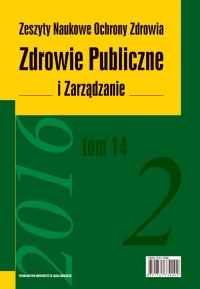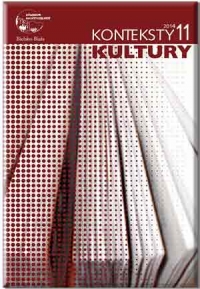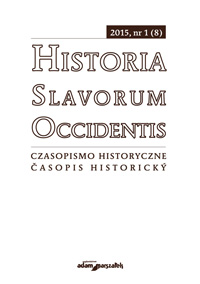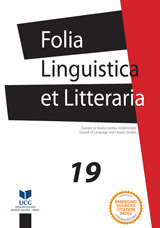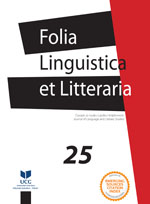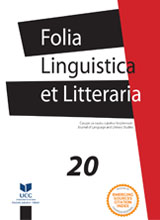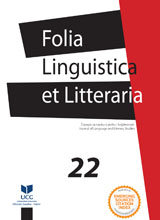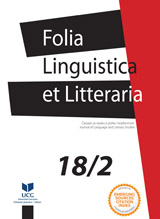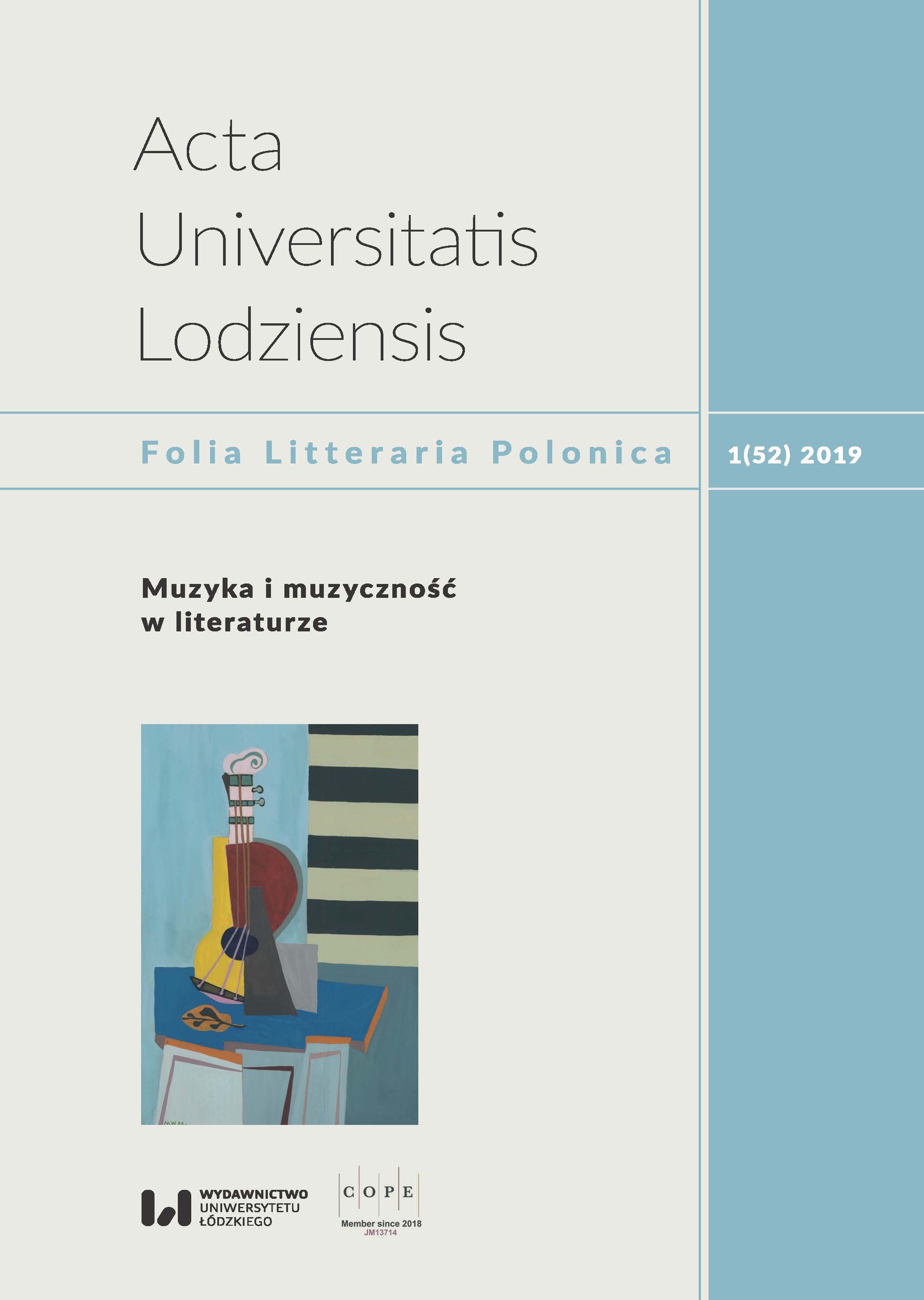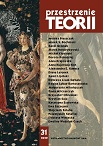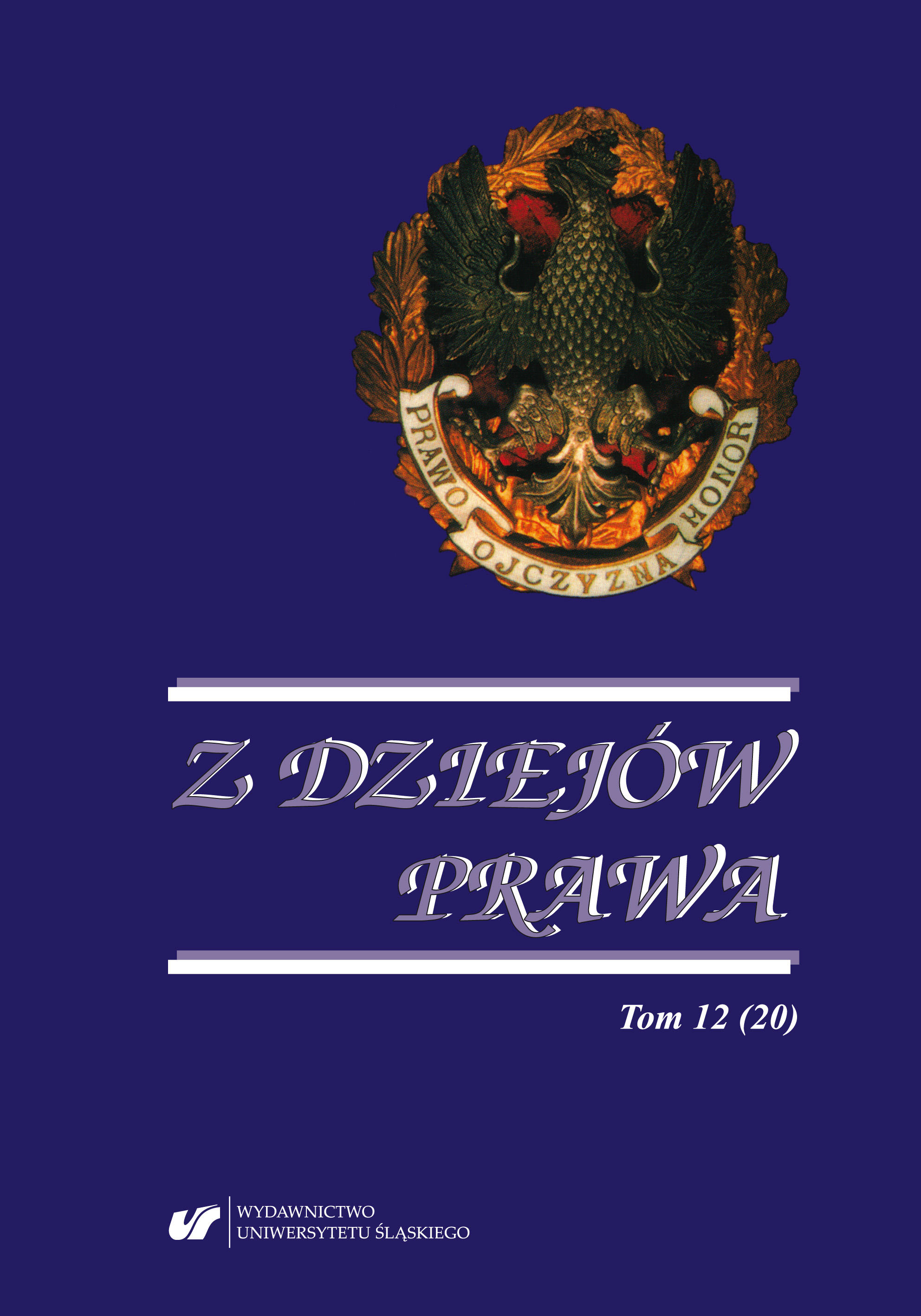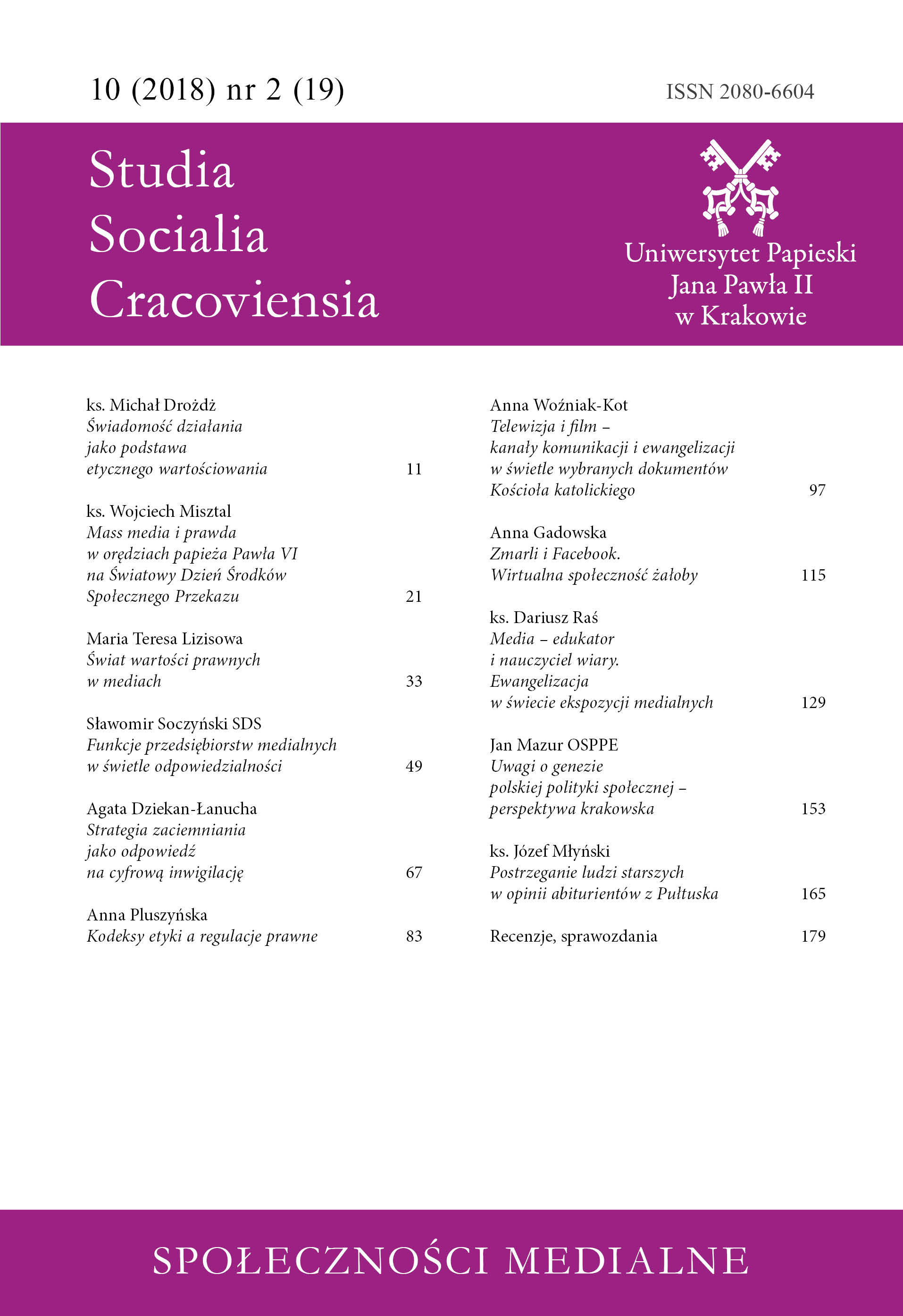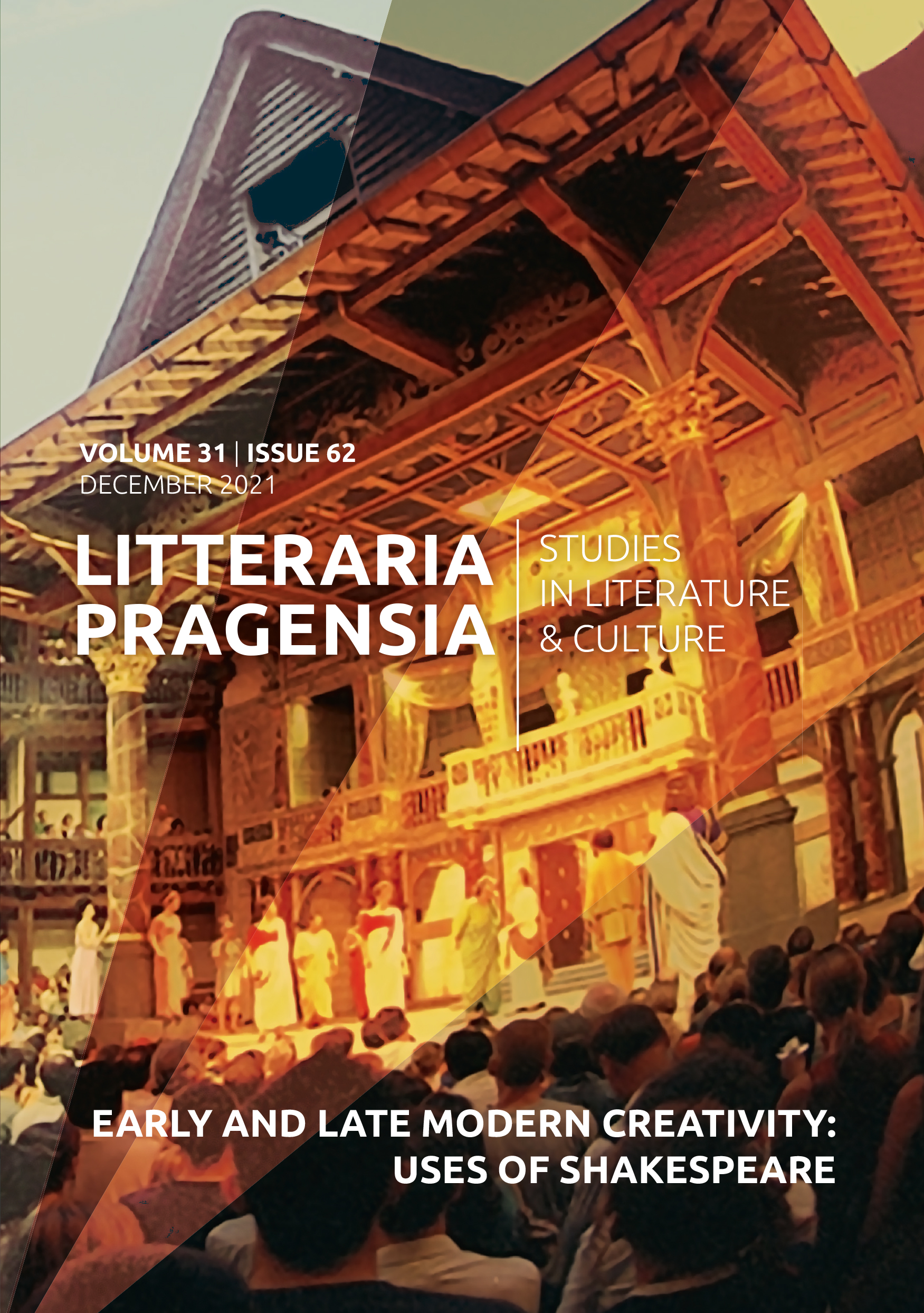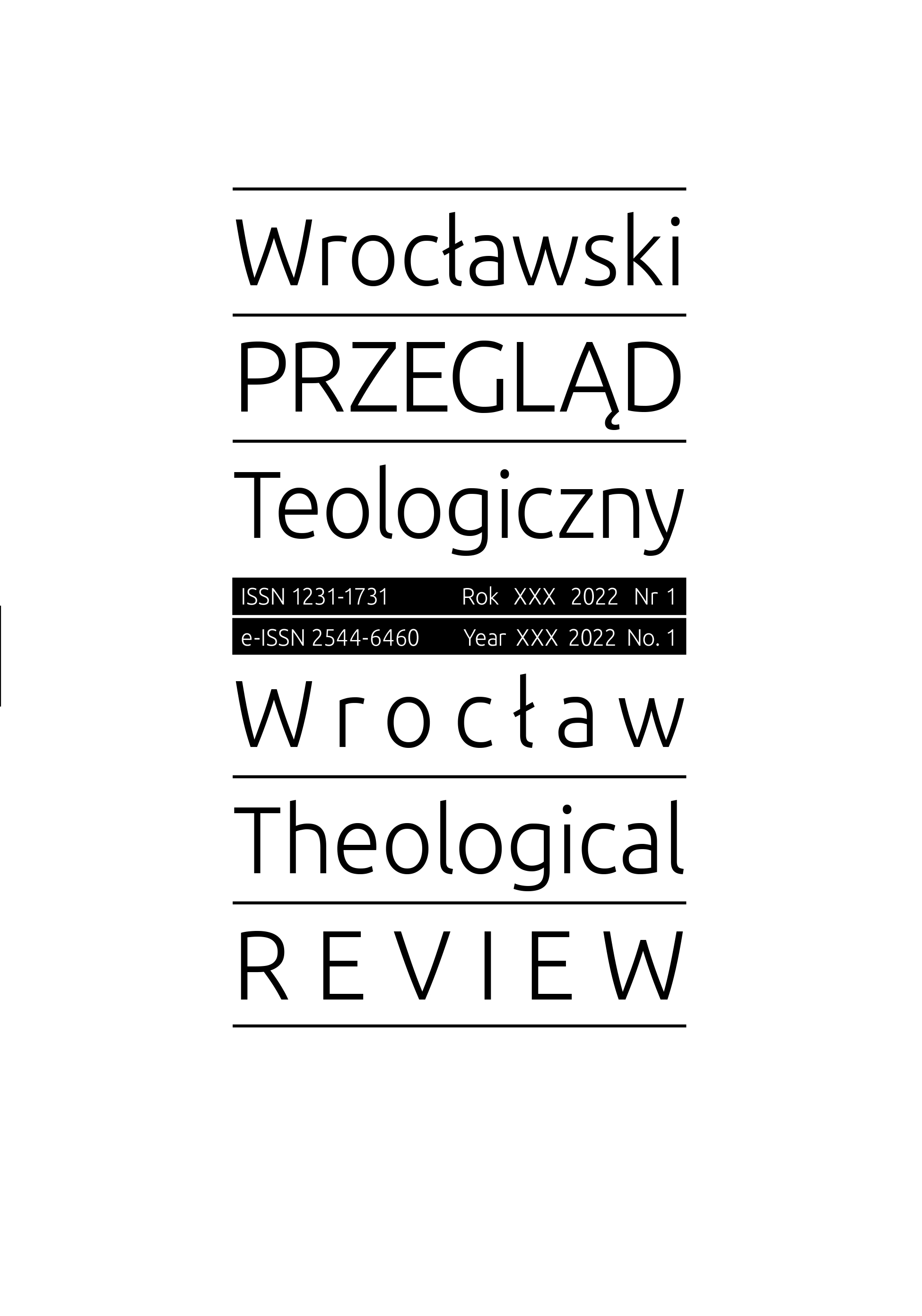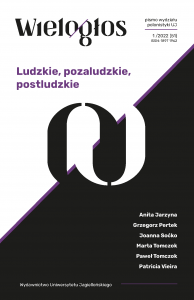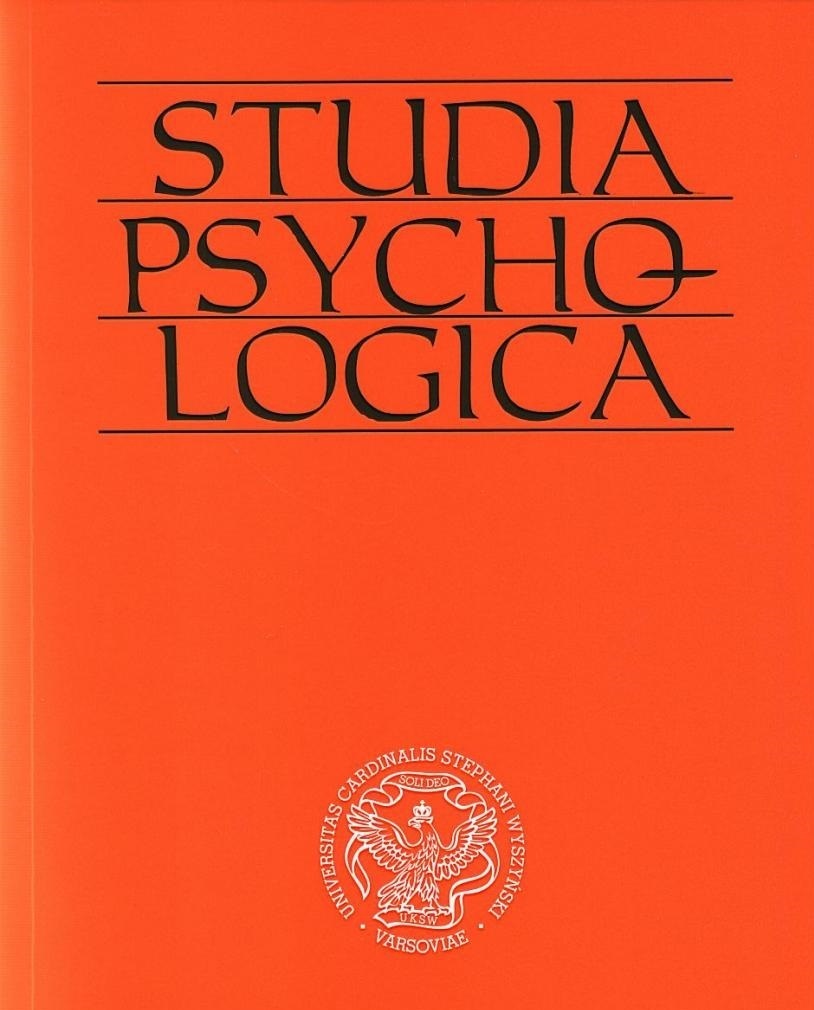
Stefan Błachowski amid the turmoil of the Great War
STEFAN BŁACHOWSKI WŚRÓD ZAWIERUCHY WIELKIEJ WOJNY
Keywords: Stefan Błachowski; the Great War; the history of Polish psychology; the ideal of the distant future of psychology
This paper traces the life and the beginnings of the scientific career of Stefan Błachowski (1889–1962), a key figure in the history of Polish psychology, during the darkest days of the Great War. It outlines how and why the road to pursue his doctorate under the supervision of Georg Müller at Göttingen University was beset by many hurdles. The article also demonstrates how Błachowski’s academic path was twice interrupted by military service and why his main work Nastawienia i spostrzeżenia (Sets and Perceptions), despite the fact that it came into being in all the vicissitudes of war, made a contribution of lasting value.
More...
